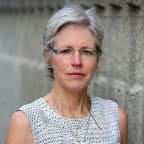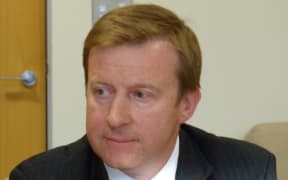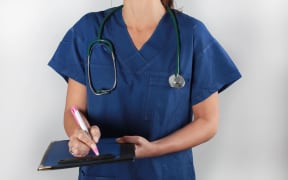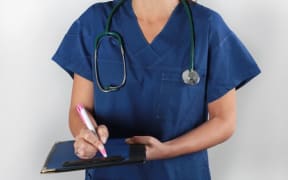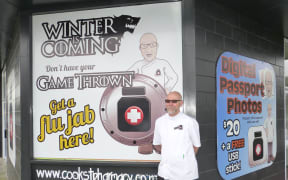Free doctors' visits for children under 13 have led to a big increase in the numbers visiting their local GP.
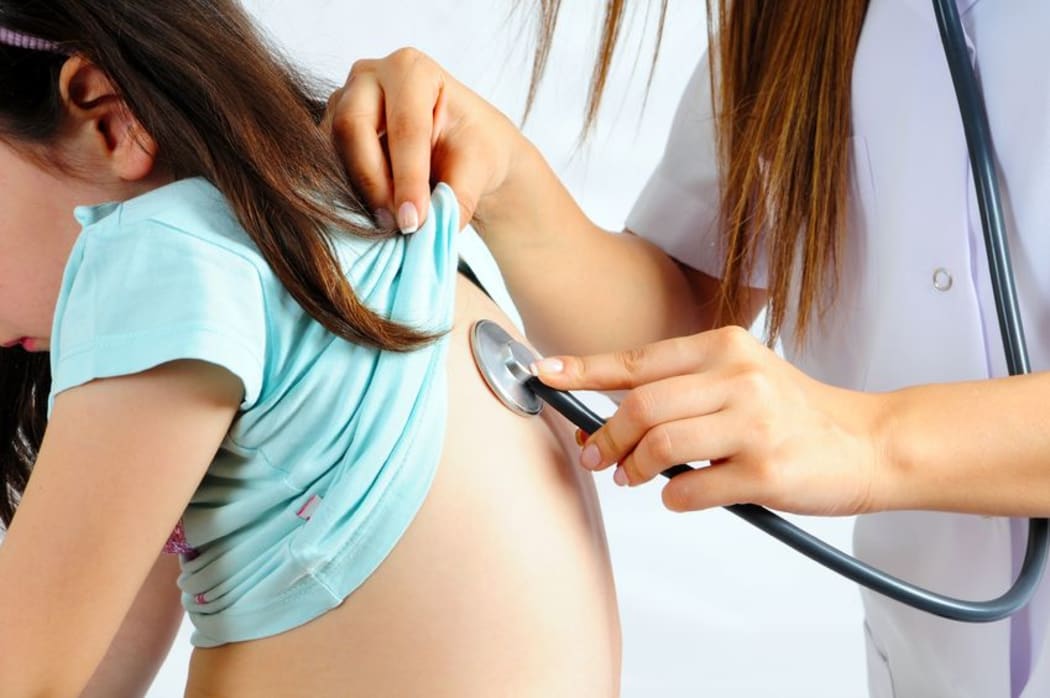
In the first year after the government extended free GP visits to all children under 13, the number of GP visits by under 13s rose almost 17 percent. Photo: 123RF
In 2014 the government committed $90 million to extending free GP visits from under sixes to all children under 13.
Documents released under the Official Information Act show it's being well used, and by both rich and poor families.
In the first year of the policy, from mid 2015 until mid last year, the number of GP visits by under 13s rose almost 17 percent to a rate of just over two visits a child a year.
All district health boards recorded a rise in GP visits - from a 29 percent average increase in the year in the MidCentral District Health Board near Palmerston North to a 5 percent rise in Northland.
A Palmerston North GP, Paul Cooper, said the key to the high uptake was because children could visit any GP for free - no matter where they were enrolled - and up until 10pm at night at certain practices, and after that at hospital emergency departments, or EDs.
Dr Cooper, a medical adviser for the local Central Primary Health Organisation, said good after-hours coverage appeared to have been important in ensuring that children from both poor and better-off families saw the GP when needed.
Normally, children of better off families had more GP consultations, and Dr Cooper said that was still the case with free funding during normal hours. But, for after hours consulations, there was a more even uptake.
The relatively poor Rotorua community has the lowest rate in the country, at 1.4 visits a child a year.
Lakes DHB general manager of planning and funding Mary Smith said the numbers told the wrong story.
"We are confident that our GPs do offer this service to the group and that children are accessing the service. And when we did our further investigation we discovered that actually this is very much an under-reporting issue rather than an access issue."
She said parents often used the Lakes Prime Care after-hours facility, funded by the DHB to offer free visits to under 13s.
"I believe that people are definitely aware that the service is free. And I think that's evidenced by the increased attendance at the after-hours facility.
"So people not only know the service is free, they're waiting til they finish work for the day before they bring their children in to be seen."
In Palmerston North, Dr Cooper said the scheme had added to pressures on the district's already busy GPs but it would improve children's health.
"Children who present with chronic conditions like asthma, skin infections, other types of things, they can be identified at an earlier stage and have proactive action plans put in place."
The chief executive of the General Practice New Zealand group, Fiona Thompson, agreed the policy had improved access to doctors.
"Consultation rates have gone up and they've gone up in a similar proportion against all ethnicities, which is good because we always look from an equity lens. And also if you look at ED presentations, they have gone down for triage levels four and five which are the levels that we would suggest could be better dealt with in general practice."
But the group is keeping a close lookout on usage figures since mid last year to ensure GPs are not out of pocket over the scheme.
The Health Ministry utilisation has now reduced to 2.05 visits per child for the year ended September 2016. It's forecast a reduction in the free under 13s utilisation rate for 2016-17, expecting it to fall to between 2 and 2.1 visits a child a year.
